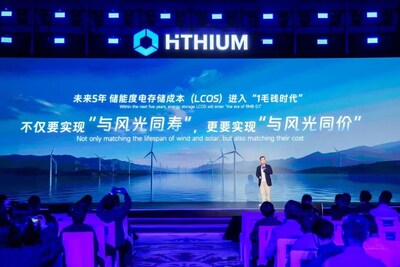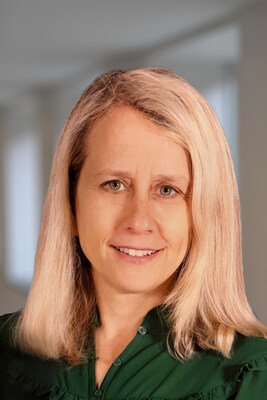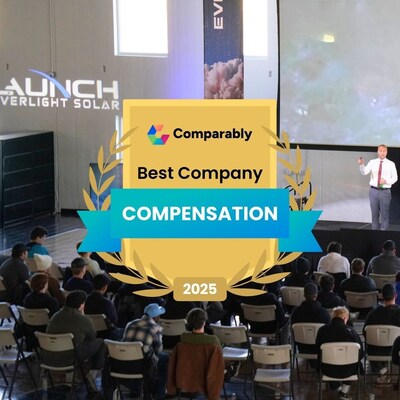Series to debut on WFOX Jacksonville January 3, with nationwide daily launch on REVIVE beginning February 17, 2026
NASHVILLE, Tenn., Dec. 12, 2025 /PRNewswire/ — Media entrepreneur and television host Jay Walker has inked a major deal to host his upcoming television series, “Jay Walker: PRIMETIME,” a new program built for broadcast visibility and national scale. With pre-production already underway, the series is preparing for its first on-air rollout with an initial television debut in Jacksonville, Florida, followed by a nationwide daily launch on REVIVE in February.
Jay Walker: PRIMETIME will make its television debut on WFOX (CMG Jacksonville) on Saturday, Jan. 3, 2026, airing two brand-new, first-run episodes back-to-back at 5:00 p.m. ET and 5:30 p.m. ET. The Jacksonville broadcast marks the first confirmed market airing for the series and introduces viewers to a fast-paced format that blends culture, commentary, and real-life conversation.
Following the Jacksonville debut, Jay Walker: PRIMETIME will expand nationwide with a daily premiere on REVIVE beginning Tuesday, Feb. 17, 2026, airing at 3:00 p.m. ET / 2:00 p.m. CT. The launch positions the series as the anchor program for REVIVE, establishing Jay Walker: PRIMETIME as the flagship daily series that will help define the network’s identity and programming cadence as REVIVE continues to scale its national footprint.
“PRIMETIME is about real conversation that moves at the speed of the culture,” said Jay Walker, host and executive producer. “We’re coming out strong with two brand-new episodes in Jacksonville, then we’re taking it nationwide on REVIVE every day starting Feb. 17. Pre-production is already in motion, and we’re building this show to last.“
The series is designed to meet audiences across traditional television and modern distribution realities, with content structured to work both as full episodes and as high-impact segments for digital engagement. Jay Walker: PRIMETIME blends sharp conversation with relatable storytelling, focusing on topics people are already discussing—then adding context, perspective, and energy that keeps viewers tuned in.
The Jacksonville premiere will feature two distinct episodes to give viewers a fuller introduction to the show’s pace and tone. Rather than repeating content, the back-to-back airing is intended to deliver an extended first-look experience, allowing audiences to see range, rhythm, and the show’s signature approach within a single broadcast block.
Pre-production is currently underway, including creative planning, episode development, production scheduling, and technical preparation for both the January broadcast debut and the February national launch. Planning includes segment structure, topical coverage, talent and guest strategy, and show packaging designed to support consistent daily programming on REVIVE. Additional production details, including expanded market information and distribution availability, will be announced ahead of the national premiere.
Jay Walker’s move into daily television with Jay Walker: PRIMETIME reflects a broader push toward scalable, audience-first programming. The series is built around a straightforward mission: deliver conversation that feels immediate, honest, and watchable—without losing substance. Episodes are designed to be tight, energetic, and accessible, while still giving viewers moments of clarity and real takeaways.
While the show’s format will continue to evolve as production progresses, the core identity of Jay Walker: PRIMETIME is rooted in direct storytelling and culture-forward conversation. The series is positioned to cover the topics driving the day’s conversations, spotlight real-life narratives, and deliver big moments that translate cleanly across television and digital platforms. The approach is designed to support both live viewership and ongoing engagement through shareable clips and segments.
The January 3 WFOX airing is expected to serve as a strong introduction for broadcast audiences while setting the tone for the national daily rollout. The Jacksonville market debut provides a platform for immediate visibility and audience feedback, while the February REVIVE launch establishes the show’s long-term rhythm and recurring viewing habit.
Walker has become known for building media properties with a strong point of view and a culture-first sensibility. His work spans audio, digital, and television, with a focus on programming that prioritizes authenticity, momentum, and direct communication. Jay Walker: PRIMETIME is the latest step in that evolution—built to be consistent, scalable, and designed for the way audiences consume content today.
The nationwide REVIVE premiere begins Feb. 17, 2026, with new episodes airing daily at 3:00 p.m. ET / 2:00 p.m. CT. Additional information regarding national platform availability, market expansion, and schedule updates will be released as the premiere approaches.
Broadcast information for the Jacksonville debut: WFOX (CMG Jacksonville) will air Jay Walker: PRIMETIME on Saturday, Jan. 3, 2026, at 5:00 p.m. ET and 5:30 p.m. ET, featuring two brand-new, first-run episodes.
Nationwide daily launch information: REVIVE will begin airing Jay Walker: PRIMETIME daily starting Tuesday, Feb. 17, 2026, at 3:00 p.m. ET / 2:00 p.m. CT.
About Jay Walker
Jay Walker is a media entrepreneur and television host known for building culture-forward programming across audio, digital, and television platforms. His work focuses on direct conversation, compelling storytelling, and content designed to connect with audiences through clarity and authenticity. Walker’s programming approach is built to perform in both traditional broadcast environments and digital ecosystems, with an emphasis on consistent audience engagement and scalable distribution.
About “Jay Walker: PRIMETIME”
Jay Walker: PRIMETIME is a television series built at the intersection of culture, commentary, and real-life conversation. Designed for both broadcast and digital ecosystems, the show delivers fast-moving dialogue, strong perspective, and high-impact moments engineered for modern viewing habits. The series will debut on WFOX (CMG Jacksonville) on Jan. 3, 2026, with two brand-new episodes airing back-to-back at 5:00 p.m. ET and 5:30 p.m. ET, followed by a nationwide daily rollout on REVIVE beginning Feb. 17, 2026, airing at 3:00 p.m. ET / 2:00 p.m. CT.
Media Contact
Khali West
WOAHRAE, Inc.
Email: kwest@woahrae.com
![]() View original content to download multimedia:https://www.prnewswire.com/news-releases/jay-walker-signs-new-television-deal-for-jay-walker-primetime-ahead-of-2026-launch-302640580.html
View original content to download multimedia:https://www.prnewswire.com/news-releases/jay-walker-signs-new-television-deal-for-jay-walker-primetime-ahead-of-2026-launch-302640580.html
SOURCE WOAHRAE


















